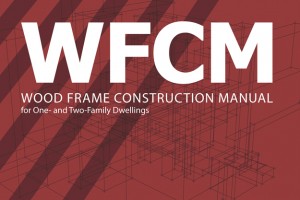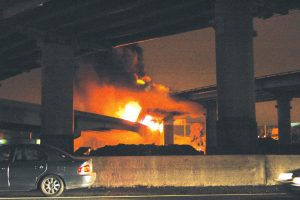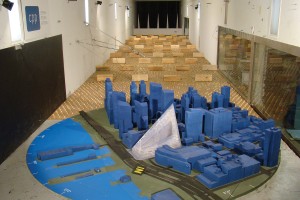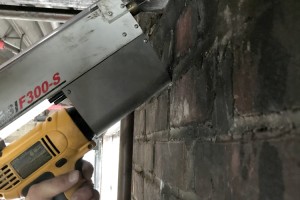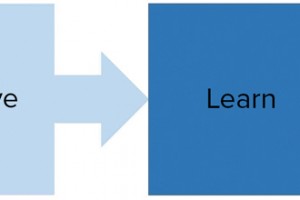Eureka is the moment when someone (an Innovator) suddenly realizes that information organized into a new pattern solves a problem or gives new insight. Eureka moments have occurred frequently in engineering, science, medicine, law, economics, and all other areas of study. Many engineers mention Eureka moments experienced when facing an apparently insoluble design, construction, or failure problem. …
Review Category : Articles
My favorite toy as a child was an erector set. Not the fancy new ones that have the precut plastic panels and big rubber tires, but the old ones that were all metal, including the wheels. My favorite structures to build were buildings and bridges. Of course, this led to my desire to be a Civil/Structural Engineer, so I could design and build real buildings and bridges. …
The 2018 Edition of the Wood Frame Construction Manual (WFCM) for One- and Two-Family Dwellings, designated ANSI/AWC WFCM-2018, is approved as an ANSI American National Standard (Figure 1). The 2018 WFCM was developed by the American Wood Council’s (AWC) Wood Design Standards Committee (WDSC) and is referenced in the 2018 International Residential Code (IRC) and 2018 International Building Code (IBC). …
Recent events have repeatedly reminded the engineering community that our transportation infrastructure is susceptible to fire from crashed or overturned vehicles, especially from trucks carrying flammable cargo. Despite these hazards, most bridges in the U.S. are designed and maintained with little, if any, consideration for fire resistance. With approximately 600,000 bridges currently in use in the U.S., fire has caused bridge failures at a rate consistent with other hazards to which engineers dedicate significant amounts of time and money to mitigate. …
A Bluffer’s Guide
Wind tunnel testing is a ‘black box’ to many practicing structural engineers. This article strives to shine a small beacon inside the box and provide the reader with a foundation for asking sensible questions of wind tunnel laboratories. It is written from the author’s experience as a practicing wind engineer, an advocate for wind tunnel testing on major projects, and a client in receipt of wind tunnel test reports. …
Part 1: Investigation, Repair, and Rehabilitation
Part 1 of this 2-part article addresses structural behavior and assessment methods. Part 2 will focus on analysis and repair options.
Due to increasing costs and restrictions associated with redevelopment (replacement) of existing buildings, as well as municipal initiatives geared to promote the preservation of the existing building stock, repair and rehabilitation of existing buildings have become economically and politically attractive options for property owners. …
When litigation follows structural failure, the value of experienced on-site observers should not be understated. Those on-site professionals who prefer to leave such matters to insurance investigators and hired expert witnesses need to reconsider. Without a solid basis in fact, the legal process has a decreased probability of achieving the justice which is expected. …
How Your Firm Can Learn from Its Mistakes as Well as Its Successes
Despite advances in artificial intelligence and the increased sophistication of modeling software, at least for the time being, the decision-making process at engineering firms remains the domain of people. To err is human, as they say, and the consequences of a mistake can be painful to an engineering firm. How should a firm deal with this inevitability? The first line of defense is effective quality control that involves a robust checking and review process. Avoiding the costly, reputation-damaging, and perhaps even deadly consequences of an error should be the top priority of every engineering firm. …
Being a young engineer can seem incredibly daunting. You are surrounded by professionals who tell you “that is not how I did it when I was in your position.” While I have several years until I can obtain my P.E. license, many of my coworkers and supervisors have their professional licenses. They recognize that, as a young engineer, I have a lot to learn. They have been exceptional at teaching me through involvement on projects and inclusion in conversations. When not in the office, though, I expand my knowledge base with my involvement in professional societies such as ASCE and NCSEA, and their respective young member groups. …
As I enter the latter phases of my career, I reflect on changes in how structural design documents are developed, recorded, and used for facilities and bridges around the globe. I am a Baby Boomer, so the only constant in my career has been change. …



